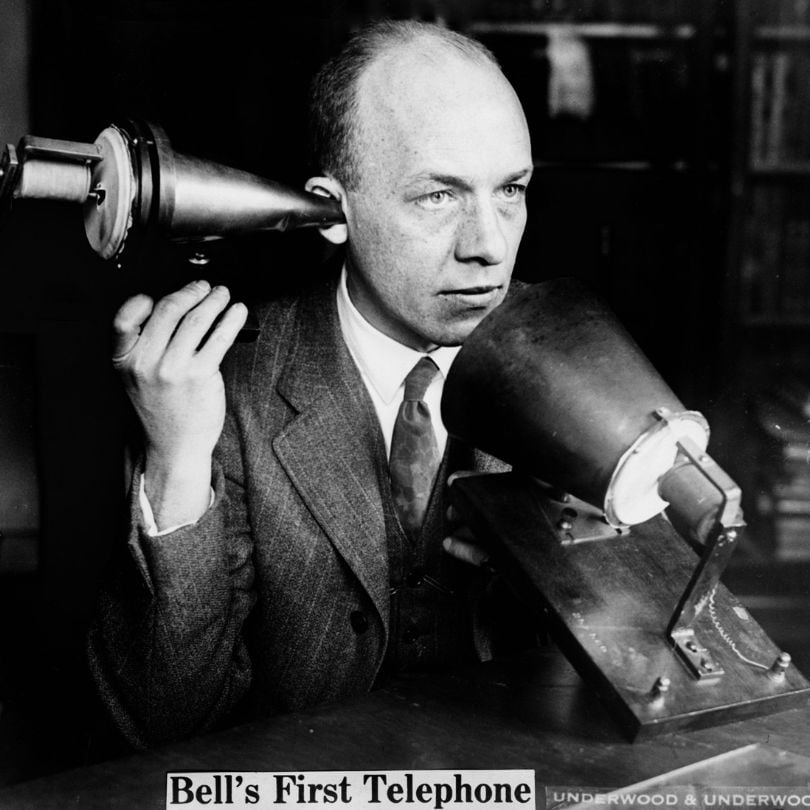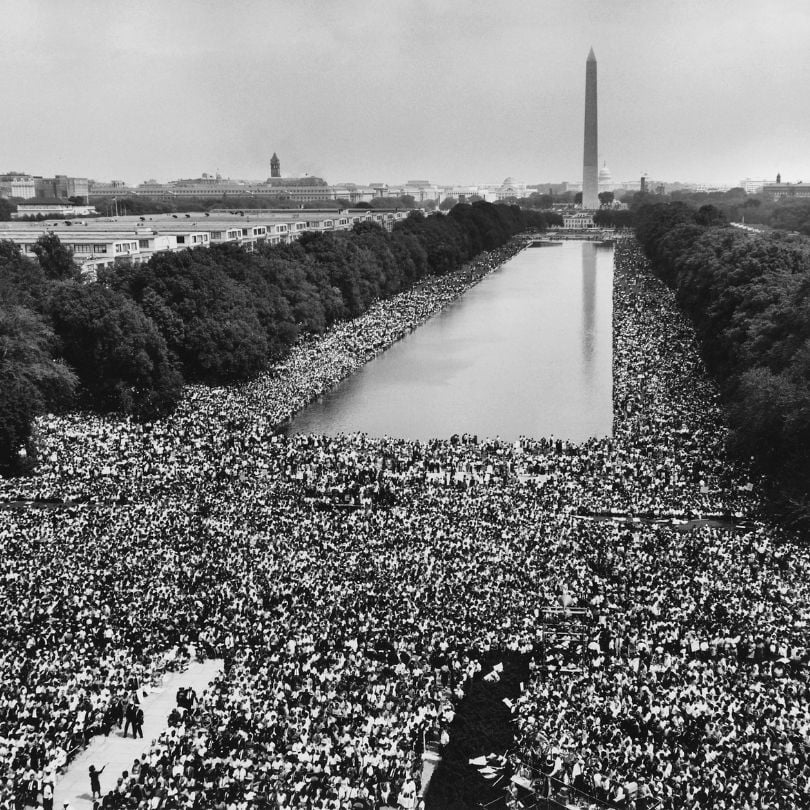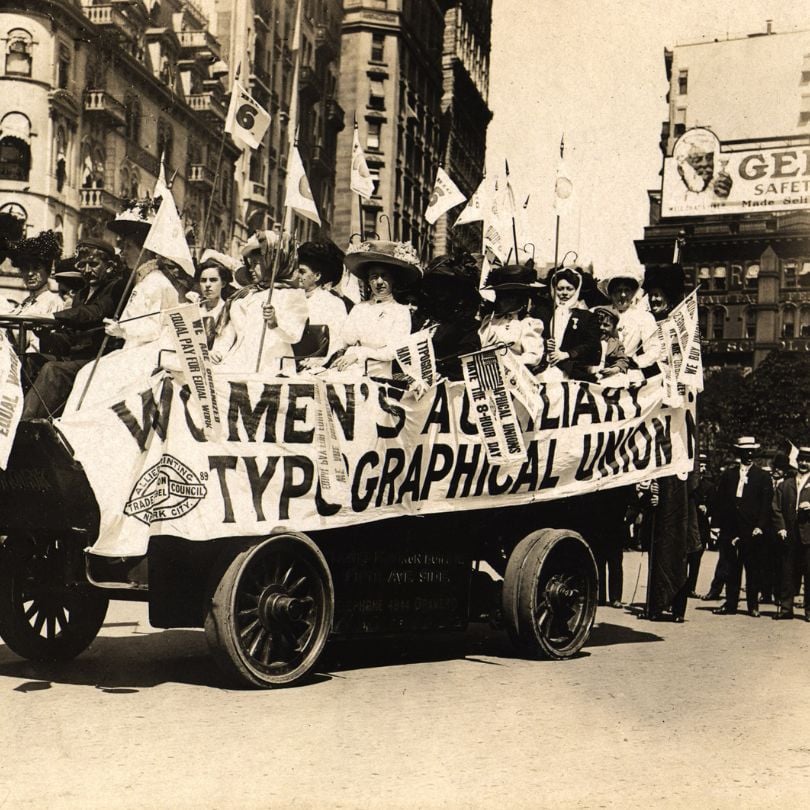
Lessons from March’s Historical Events for Today's Advertisers
March stands out as a month rich with transformative events, offering a wealth of insights across various fields, particularly in marketing. However, advertisers today face the challenge of cutting through the noise in an ever-saturated market to capture and retain the attention of their audience. This saturation leads to the pressing need for strategies that not only stand out for their creativity and effectiveness but also strike a deeper chord with consumers. Recognizing this challenge, our exploration seeks to bridge the gap between historical significance and modern advertising prowess.
We delve into March's historical events, uncovering lessons that can inspire advertisers to craft innovative campaigns. These strategies aim to transcend traditional marketing, offering narratives that resonate on a more profound level with audiences, thereby turning the problem of market saturation into an opportunity for meaningful engagement and lasting impact.
The Power of Storytelling: The Ides of March

The Ides of March is not merely a date on the calendar; it symbolizes a narrative that has endured over millennia. The assassination of Julius Caesar on March 15, 44 BC, is a story that has been immortalized in literature, plays, and countless retellings, demonstrating the profound impact of a powerful narrative. This event wasn't just a turning point in Roman history; it became a legend, embodying themes of betrayal, power, and ambition that resonate with humanity.
The Lesson for Advertisers
The takeaway for marketers is clear—crafting a compelling narrative around your brand or product is crucial. A story that is engaging, emotionally resonant, and relatable can significantly amplify brand recall and foster loyalty. Just as the story of the Ides of March transcends time, a well-crafted brand story can endure in the minds of your audience. It's about creating an emotional connection that goes beyond the product or service, making your brand memorable and more likely to be shared among people. Incorporate elements of storytelling such as conflict, resolution, and a relatable hero (your customer) to weave narratives that captivate.
Embracing Innovation: Alexander Graham Bell’s Telephone Patent

When Alexander Graham Bell was granted a patent for the telephone, it wasn't just an invention that was celebrated; it was the dawn of a new era in communication. The telephone eliminated geographical barriers, making personal and business communication instantaneous regardless of distance. This innovation laid the groundwork for the myriad ways we connect today, from social media to video conferencing.
The Lesson for Advertisers
For marketers, the message is to embrace innovation with open arms. The advertising landscape is continuously evolving, with new technologies and platforms emerging at a rapid pace. By being an early adopter of these innovations, advertisers can gain a competitive edge. Whether it’s leveraging the latest social media platforms, using augmented reality to offer immersive experiences, or employing big data for more targeted advertising, the key is to stay ahead of the curve.
Innovation in advertising doesn’t just mean using new tools; it's also about innovative storytelling, creative presentations, and engaging formats that capture the audience's attention in a crowded digital space. Just as Bell's telephone opened up new possibilities for communication, leveraging new technologies and platforms can help brands communicate their stories in novel and compelling ways.
Unity in Diversity: The March on Washington

The March on Washington for Jobs and Freedom remains one of the most pivotal moments in U.S. history, symbolizing the powerful impact of unity in diversity. On August 28, 1963, hundreds of thousands gathered in peaceful demonstration, advocating for civil and economic rights and an end to racial segregation. At the heart of this event was Martin Luther King Jr.'s "I Have a Dream" speech, a poignant call for equality and freedom that transcended racial divides and echoed across the globe. This moment underscored not just the fight for civil rights but the profound strength and potential that lie in embracing diversity.
The Lesson for Advertisers: Embracing Diversity in Advertising
The message from the March on Washington resonates more than ever, especially for advertisers. The diversity of the world’s population is its greatest asset, and advertising campaigns that reflect and celebrate this diversity are more likely to resonate on a global scale. Here’s how advertisers can draw inspiration from this historic event:
Reflect the World’s Rich Tapestry
Advertisers should strive to mirror the diverse fabric of society in their campaigns. This involves showcasing a range of cultures, ethnicities, genders, ages, and lifestyles, ensuring that people from all walks of life can see themselves reflected in the advertisements. By doing so, brands not only increase their appeal to a wider audience but also foster inclusivity and acceptance.
Tell Inclusive Stories
Beyond visual representation, the narratives within advertising should speak to universal themes and experiences that resonate across different demographic groups. Much like Martin Luther King Jr.’s speech, which spoke to the core human values of freedom, equality, and justice, advertisements should aim to tell stories that celebrate commonalities among people, bridging divides and building connections.
Engage with Authenticity
Authenticity is key when it comes to diversity in advertising. This means going beyond superficial representations and engaging with cultural consultants, diverse creative teams, and real stories from various communities. Authentic engagement demonstrates respect and a genuine desire to understand and represent the experiences of different groups accurately.
Foster Positive Social Impact
Advertisers have the power to influence societal attitudes and norms. By promoting diversity and inclusivity, they contribute to a broader cultural shift towards acceptance and equality. This not only benefits society as a whole but also enhances the brand’s reputation as a socially responsible and forward-thinking entity.
Turning Challenges into Opportunities: The Great Blizzard of 1888

In March 1888, the northeastern United States was hit by one of the most severe snowstorms in its history. The Great Blizzard of 1888 brought cities like New York to a complete standstill, with snow burying streets and disrupting daily life. This unprecedented event, however, became a catalyst for transformative change. In its aftermath, city planners and engineers undertook significant infrastructural reforms, such as the undergrounding of electrical wires, which greatly reduced the vulnerability of the city’s power grid to future storms. Perhaps most notably, it accelerated the development of the New York City subway system, envisioning a future where transportation could be resilient to the whims of nature.
Lesson for Advertisers
The aftermath of the Great Blizzard illuminates a crucial principle for advertisers: the ability to turn challenges into opportunities for innovation. Just as the blizzard prompted a rethinking of urban infrastructure, advertisers are often faced with crises that demand a reevaluation of conventional strategies. The COVID-19 pandemic serves as a recent example, where the sudden shift in consumer behavior towards digital platforms presented a challenge for traditional advertising channels. Brands that quickly adapted by enhancing their digital presence and leveraging online advertising platforms managed not only to survive but, in many cases, to thrive.
This lesson underscores the importance of agility and innovation in advertising. In times of crisis, instead of retreating to the safety of known methods, advertisers should explore new avenues and adapt their strategies. This could mean diversifying advertising channels, experimenting with new formats, or adopting technologies that enable a more personalized and engaging consumer experience.
Moreover, challenges often highlight the need for advertisers to be more attuned to the changing needs and preferences of their audience. The pandemic, for example, emphasized the value of empathy and authentic communication, with consumers gravitating towards brands that could offer comfort, reliability, and a sense of normalcy.
Implementing the Lesson
- Embrace Flexibility: Develop an adaptable marketing strategy, allowing for quick shifts in approach in response to external challenges.
- Innovate Continuously: Regularly explore new technologies, platforms, and creative concepts that can keep your advertising efforts ahead of the curve.
- Listen to Your Audience: Stay connected with your audience’s changing needs and preferences to tailor your messaging and offerings accordingly.
- Cultivate Resilience: Build a resilient brand that can withstand crises, not just through operational robustness but also through the strength of its connection with consumers.
Women's History Month: A Celebration of Progress and Empowerment

March is also celebrated as Women's History Month, a time dedicated to recognizing and honoring the contributions of women throughout history and into the modern era. This observance not only highlights the significant achievements of women across various fields but also reflects on the ongoing struggle for gender equality and women's rights. It's a month that underscores the resilience, creativity, and power of women, and their vital role in shaping the world.
Lesson for Advertisers
Celebrate and empower women in your advertising campaigns. Representation matters, and showcasing diverse, powerful, and authentic images of women can resonate deeply with audiences. Advertisers have the opportunity to challenge stereotypes and promote positive narratives around women's achievements and potential. By doing so, brands not only align themselves with values of equality and empowerment but also connect with consumers on a meaningful level.
Elevating Female Voices and Stories
Incorporating the essence of Women's History Month into advertising means more than just featuring women in ads; it's about elevating female voices and telling stories that reflect their true experiences, struggles, and triumphs. Advertisers can draw inspiration from historical figures, showcasing how their courage, intelligence, and determination have paved the way for future generations. Similarly, highlighting contemporary women making strides in science, arts, activism, and leadership can inspire and motivate.
Challenging Norms and Inspiring Change
Women's History Month challenges societal norms and pushes for progress. Advertisers can embrace this spirit by creating campaigns that not only sell a product but also advocate for change. This could involve supporting causes related to women's rights, promoting gender equality in the workplace, or sponsoring events and initiatives that celebrate women's achievements.
Authenticity and Inclusivity
The key to effective advertising during Women's History Month, and beyond, is authenticity. Consumers can discern when a brand's commitment to women's empowerment is genuine or merely a marketing tactic. Authentic representation, including the diversity of women's experiences and identities, enhances credibility and fosters a deeper connection with audiences.
So then…?
The lessons drawn from March’s historical events offer valuable insights for today’s advertisers. From the power of storytelling and embracing innovation to fostering diversity and turning challenges into opportunities, these lessons underline the importance of being adaptable, ethical, and engaging in the marketing landscape. By looking back at history, advertisers can find a wealth of inspiration to navigate the future more effectively.
